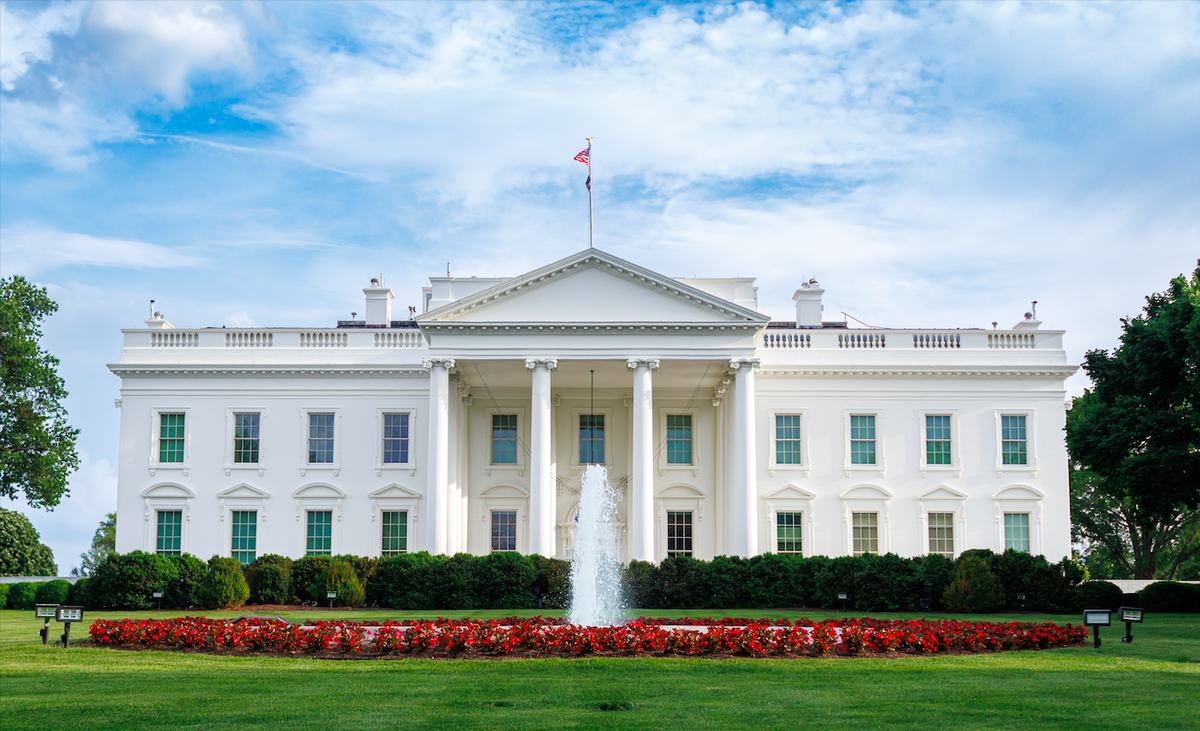The demolition sparked a debate over the need to preserve and modernize historic buildings. Photo credit: Mforgas/Shutterstock
The East Wing of the White House, a historic component of the executive mansion, has been completely demolished to make way for President Donald Trump’s ambitious $300 million ballroom project. The demolition will be the most extensive change to the Executive Mansion since President Harry Truman rebuilt it after the war in 1952.
The new ballroom is approximately 8,000 square meters (90,000 square feet) and can accommodate up to 900 guests. The White House says the project is privately funded and no taxpayers are involved.
East Wing History
Construction and early use
The East Wing was originally constructed as part of a major renovation of the White House in 1902 during President Theodore Roosevelt’s administration. Reflecting his growing presidential prestige, Roosevelt sought to modernize the mansion and replace its Victorian interior with neoclassical design.
During President Franklin D. Roosevelt’s presidency in 1942, the east wing was expanded to accommodate additional staff and offices in response to the increasing complexity of the federal government during World War II. Since then, the wing has served a variety of functions, including the First Lady’s office and space for official social events. The East Wing maintains a neoclassical style consistent with the main building and has long been considered a symbol of the White House heritage. The building’s demolition has raised concerns among historic preservationists, who argue that removing the wing will permanently alter the architectural integrity of the White House.
President Trump’s Ballroom Project
planning and design
President Trump’s plan includes replacing the east wing with a grand ballroom connected to the main residence by a glass bridge. The facility is intended to host official events, state banquets and high-profile gatherings and can accommodate up to 900 people. The design was commissioned by architect James McCreary II and aims to maintain the White House’s neoclassical aesthetic while accommodating a large venue.
Controversy and public reaction
The demolition sparked a debate over the need to preserve and modernize historic buildings. The National Trust for Historic Preservation called for a moratorium on construction, citing concerns about the impact on the White House’s heritage and architectural harmony.
Critics have warned that the scale and luxury of the ballroom project could overshadow the mansion’s historic character and set a precedent for future renovations.
presidential changes to the white house
Past renovation work
Throughout history, U.S. presidents have made significant changes to the White House to meet functional and symbolic requirements. President Thomas Jefferson added the south portico in the early 19th century, and President Theodore Roosevelt renovated it in 1902, including the east wing. In 1948, President Harry Truman authorized a complete rebuild due to structural concerns, modernizing the building while preserving its iconic exterior. Some presidents have modified interiors, landscapes, and office spaces to accommodate changing administrative and ceremonial needs.
Balancing preservation and modernization
These renovations are often controversial, but are considered necessary to maintain the White House as a functional residence and symbol of the American presidency. President Trump’s ballroom project continues this tradition, but it also provokes a debate about the boundaries between modernization and preservation.
Important information:
- The east wing was demolished to make way for the grand banquet hall.
- The new facility will accommodate up to 900 guests and cover an area of 8,000 square meters.
- This project is privately funded and no public funds are involved.
- The East Wing was built in 1902 and is a historic neoclassical building.
- Presidents including Roosevelt and Truman also remodeled their White Houses.
- Preservationists have expressed concerns about the heritage and architectural integrity.
For the future
Construction on the ballroom is expected to continue throughout President Trump’s term, with completion expected by 2029. This project will leave a lasting mark on the White House, balancing historic preservation with the demands of modern presidential functions. Whether the new ballroom is ultimately hailed as a visionary addition or criticized as a controversial change will depend on public perception and historical evaluation in the coming years.








